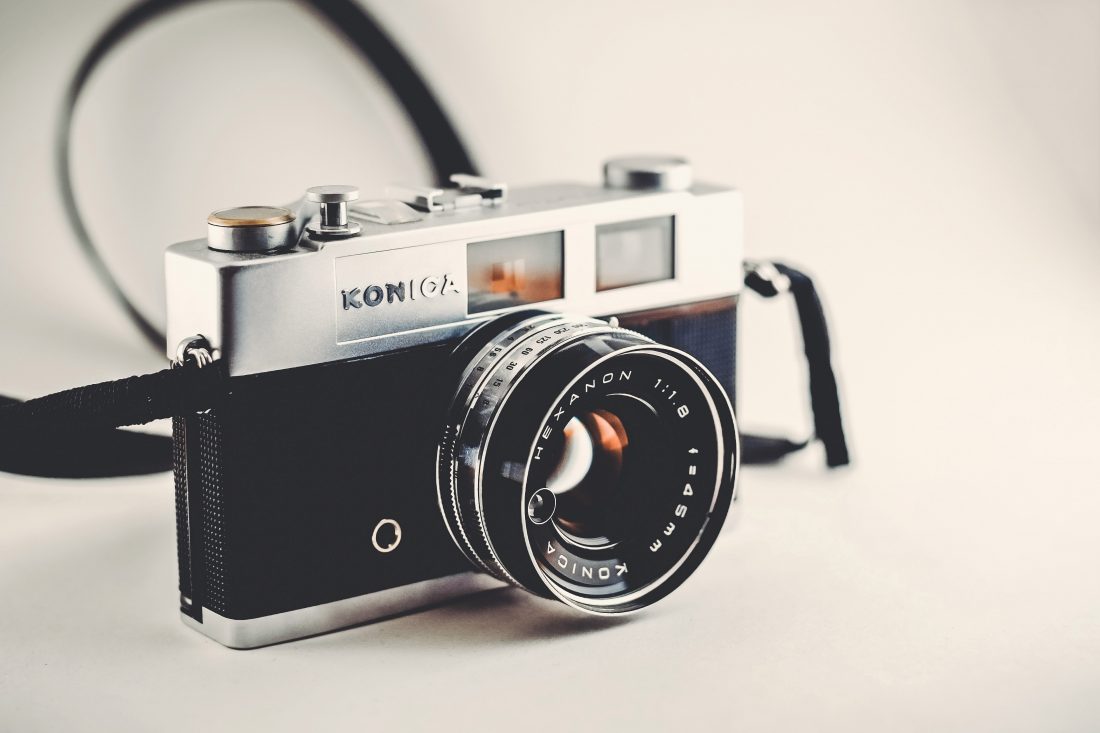
FujiFilm MX-1700Z Digital Camera: A Revolutionary Innovation in Photography
**FujiFilm MX-1700Z** is a groundbreaking digital camera that revolutionized the photography industry when it was released in 2000. This cutting-edge equipment marked a significant shift from traditional film cameras to digital technology, providing photographers with unprecedented convenience and creative freedom. Let’s explore the features, specifications, and impact of this remarkable piece of photography equipment.
What is FujiFilm MX-1700Z?
The FujiFilm MX-1700Z is a compact digital camera that belongs to the early generation of consumer-grade digital cameras. It features a 1.3-megapixel CCD (Charge-Coupled Device) sensor, allowing users to capture images with remarkable clarity and detail. With its sleek design, user-friendly interface, and advanced features, the MX-1700Z quickly gained popularity among photography enthusiasts and professionals alike.
Key Features and Specifications
- Resolution: The MX-1700Z offered a maximum resolution of 1280 x 960 pixels, which was considered impressive at that time. It allowed photographers to capture high-quality images suitable for prints and digital sharing.
- Zoom Capability: The camera featured a 3x optical zoom lens, providing users with the flexibility to capture subjects at various distances. This made it ideal for a wide range of photography genres, including portraits, landscapes, and macro photography.
- Storage and Connectivity: The MX-1700Z used SmartMedia cards for image storage. It supported up to 64MB cards, allowing users to store a significant number of images in the camera. Additionally, it featured a USB port for easy transfer of images to a computer.
- LCD Display: The camera boasted a 1.8-inch LCD screen, enabling users to review and frame their shots with ease. The display also provided access to various settings and menus, making it user-friendly and intuitive.
- Battery Life: The MX-1700Z was powered by four AA batteries, offering a decent battery life that allowed photographers to capture a considerable number of images without worrying about running out of power.
Impact on Photography
The FujiFilm MX-1700Z played a pivotal role in the rapid surge of digital photography. Its release marked a significant shift towards digital cameras, leading to the eventual decline of film-based photography. The camera’s affordability and ease of use made it accessible to a broader audience, allowing more people to explore their passion for photography.
Photographers appreciated the MX-1700Z for its image quality, compact size, and versatility. It opened up new possibilities for creative expression, empowering photographers to experiment, learn, and refine their skills without the limitations of film and darkroom processing.
The MX-1700Z’s influence extended beyond the camera itself. It paved the way for future advancements in digital imaging technology, leading to the development of higher-resolution sensors, improved image processing algorithms, and enhanced features in subsequent camera models.
Conclusion
The FujiFilm MX-1700Z digital camera was a game-changer in the world of photography. Its introduction marked the beginning of the digital revolution, providing photographers with a more convenient, flexible, and creative way to capture and share images. Although newer and more advanced digital cameras have since emerged, the MX-1700Z will always be remembered for its pioneering role in shaping the future of photography.
